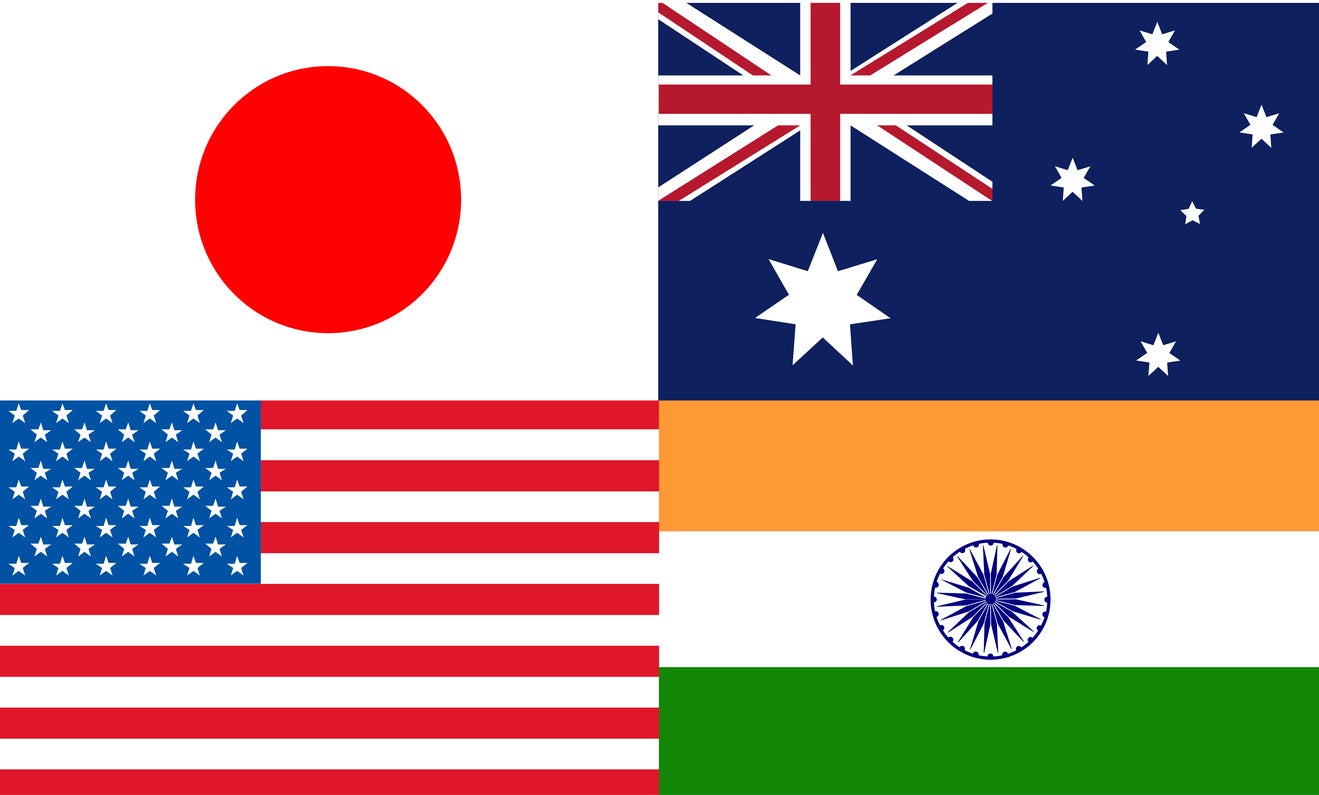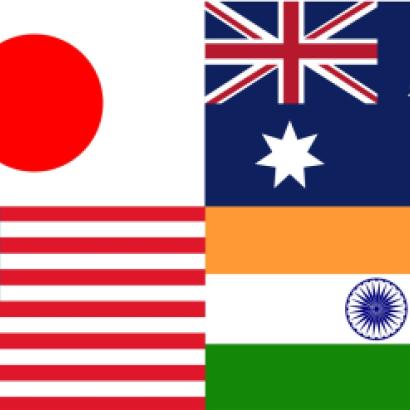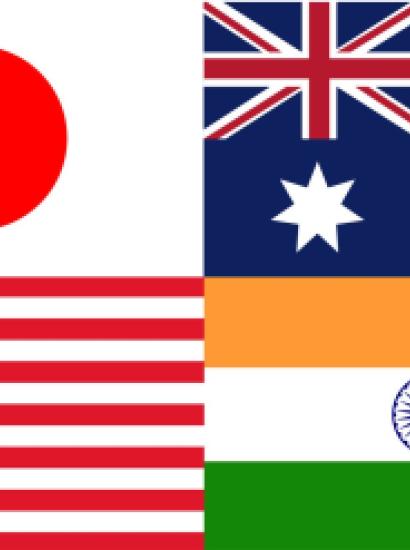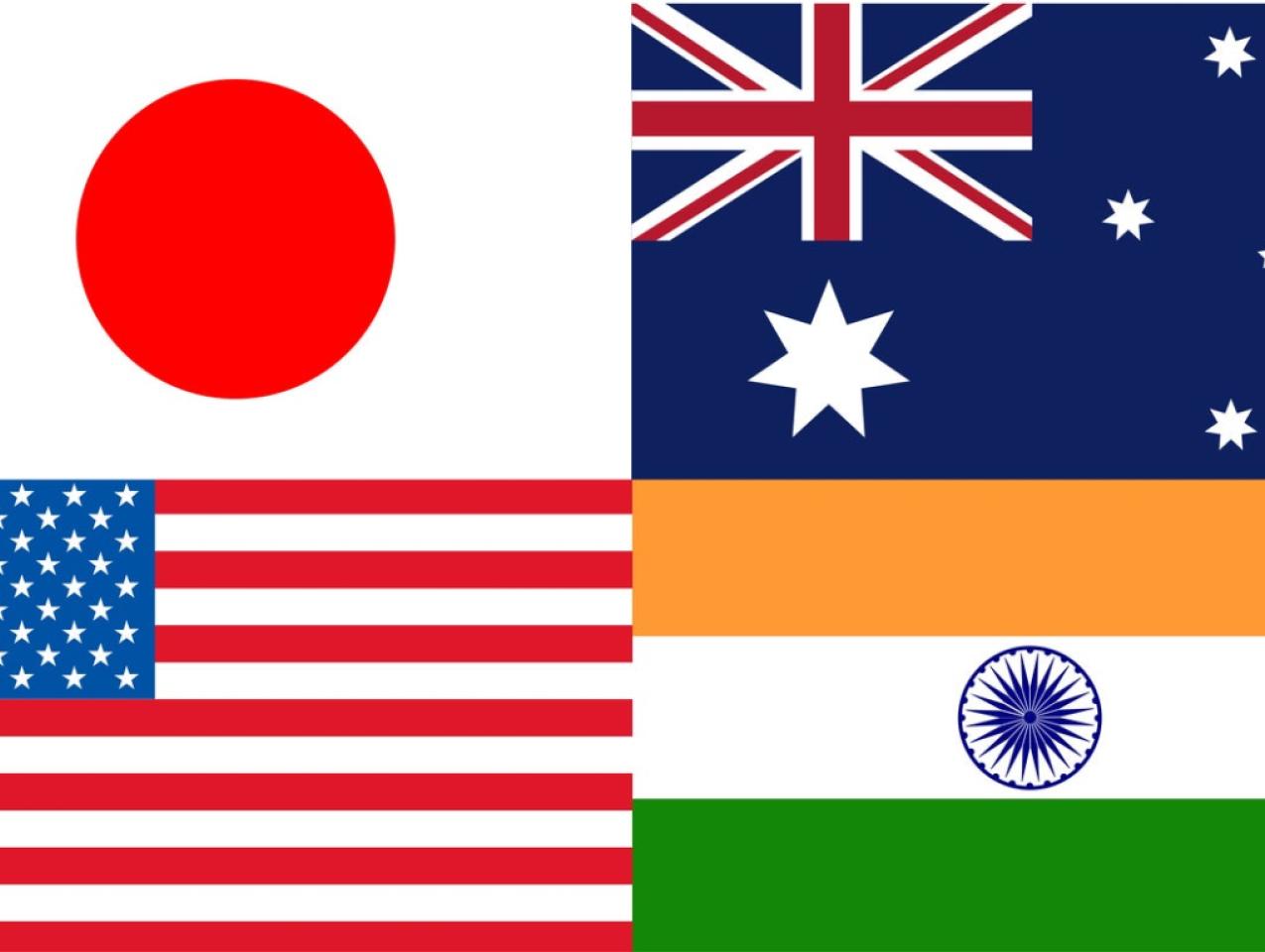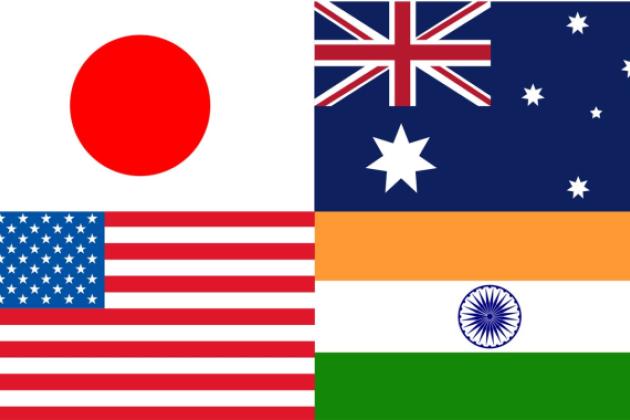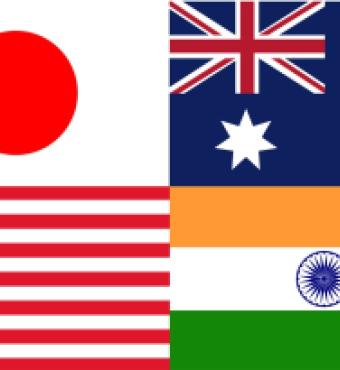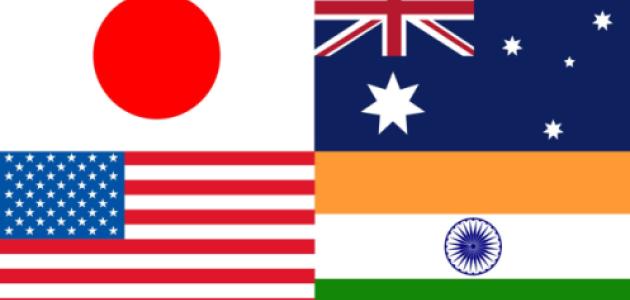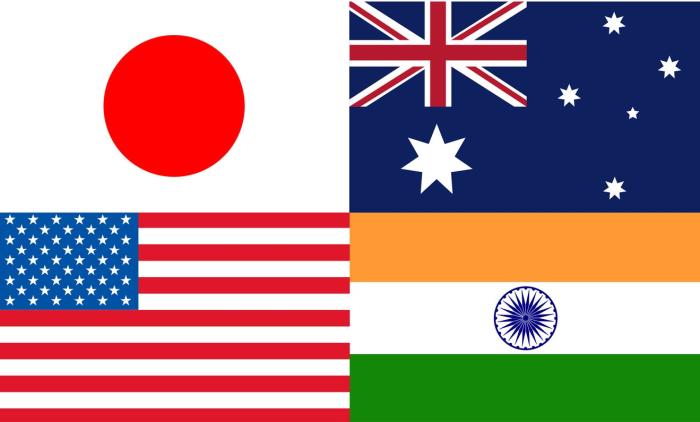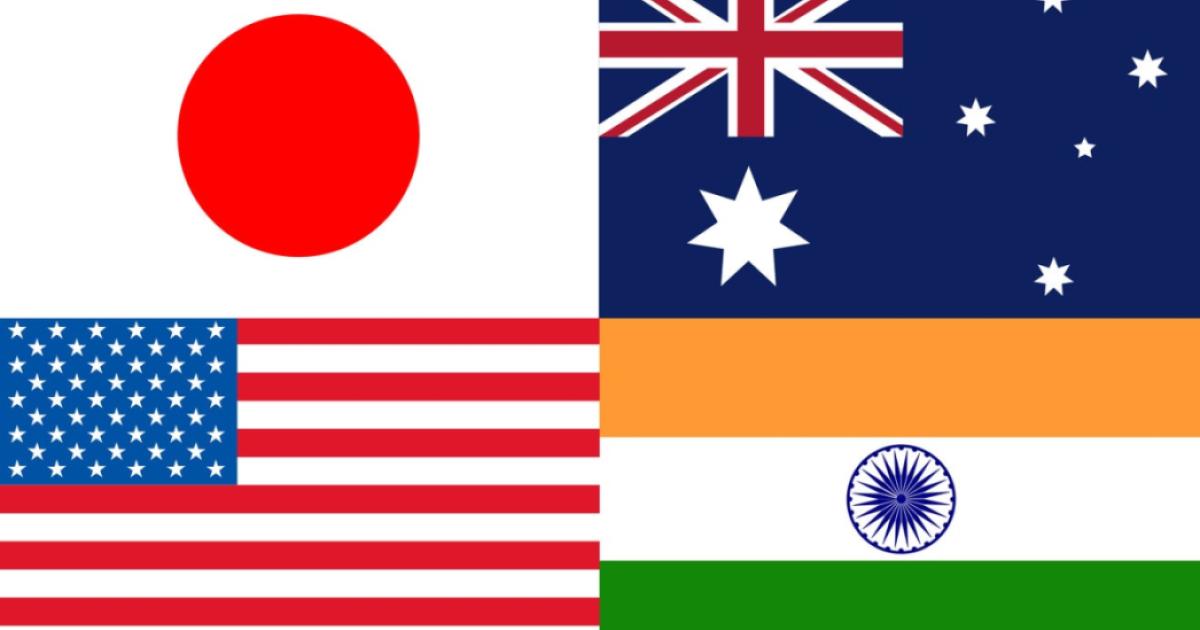In the past three years, the Quadrilateral Security Dialogue (Quad) of the United States, Japan, Australia, and India has emerged as the most important geopolitical grouping in global politics. Initiated in 2007, by former Japanese Prime Minister Shinzo Abe, the partnership has expanded from a single dimension of cooperation—the Malabar joint military exercises—to a range of dimensions, including digital standards, public health, and infrastructure finance. The Quad countries are clearly held together by mutual unease about China’s ambitions in the Indo-Pacific region. Yet media and policy commentary about the group’s prospects has run far ahead of reality, and risks exposing rifts between the Quad countries that could hamper future cooperation. To protect the fledgling Quad experiment, scholars who work on Indo-Pacific security have a responsibility to educate the public about the Quad’s intrinsic limitations and set realistic expectations for its long-term development.
What is the Quad? What holds it together? To answer this question, we must consider what the Quad is not.
First, the Quad is not a geopolitical coalition to contain China. The leaders’ joint statement of September 2021 made this clear—it didn’t even mention China.1
Second, Quad is not an alliance. This is admittedly a bit confusing. True, the Quadrilateral Security Dialogue has the word security in its name. True, the United States is treaty allies with Japan and Australia, and all four countries have been pursuing security-related deals connected to logistics, interoperability, and reciprocal basing.2 But India is categorically opposed to treaty alliances.3 Because the group includes India, it, by definition, can never be a proper alliance. India’s arms purchases from Russia have nothing to do with the Quad, just as Japan and Australia have no responsibility or interest to intervene in the China-India border dispute. Media coverage and even expert commentators often suggest that the Quad will defend Taiwan.4 Indeed, Taiwan itself in March expressed interest in joining the grouping.5 These questions reflect a categorical misunderstanding of what the Quad is for, and what it can become.
Third, the Quad is not a trading or investment pact. Nor is it likely to become one. The United States can’t even muster the domestic political will to join the Trans-Pacific Partnership, now called the CPTPP—let alone the Regional Comprehensive Economic Partnership, RCEP, of which China is a member.6 Japanese Prime Minister Fumio Kishida recently visited New Delhi and promised some $42 billion in new investments.7 This sounds like a big number, but we have to interpret it in context. Japan’s global stock of foreign direct investments exceeds $2 trillion.8 India is one of the world’s largest economies. Trade and investment would carry on between the two even if the Quad did not exist. We should not exaggerate the ability of the Quad format to manipulate market-driven outcomes.
Fourth, the Quad does not exist to spread or impose democracy across the Indo-Pacific. On the contrary, the Modi government seems to hope that membership in the Quad can shield India from criticism for the concerning democratic backsliding that we have seen over the past few years. For all its talk about promoting democracy worldwide, the Biden administration has shown itself willing to downplay concerns about Indian domestic politics in the name of strategic cooperation.9
Fifth, and finally, the Quad is not a globally minded grouping. As India’s neutrality in the Ukraine war has indicated, the Quad does not exist to address issues outside the Indo-Pacific, or even necessarily speak with one voice about them.10 Its attention is focused narrowly on the region, which by many measures is the largest and most important in the world.
What, then, is the Quad?
The Quad is at heart a group of four major countries in the Indo-Pacific region that agree in principle on a minimum set of principles for what the Indo-Pacific ought to look like, and what it ought not to look like.
The core principle is that all states in the region should be governed by common rules, and that those rules should be set collectively, rather than imposed from a single country. This is captured in the phase: free and open Indo-Pacific. The hope is that the grouping can become something more than this. But whether it can is far from clear.
What do we mean by rules? Here are some examples.
The Law of the Sea, which governs commerce in the oceans. Digital rules, which govern transnational flows of data. Environmental rules, labor standards. We can think of many.
But the Quad does not exist to set rules and impose them on anyone else. It would not be free or fair to do so, since none of the eleven Southeast Asian ASEAN countries are members of the Quad. The hope is that the Quad can play a role in setting standards and, over time, develop a functional way of cooperating with ASEAN and other countries in the region to get broad-based buy-in for common rules.
Of course, one can’t deny the obvious geopolitical context. The United States, Japan, Australia, and India have common interests that relate to China, and those interests are a big reason why all four are interested in the Quad format. None of these four countries believe it would be desirable for China to become the sole provider of public health assistance or infrastructure financing in the region. None of them want to be dependent on China for critical raw materials or components. We saw this last year when India banned imports of Chinese solar panel components.11 None of them want China to become a dominant naval power in the Indian Ocean or to seize sovereign territory belonging to other states.
The fact that Beijing has responded with such hostility to the development of the Quad is a strong signal that its long-term aspiration is to fashion an Indo-Pacific is neither free nor entirely open.
As Elizabeth Economy documents brilliantly in her new book The World According to China12, and Rush Doshi describes in his book The Long Game,13 Xi Jinping has articulated a fundamentally illiberal vision of world order. China wants to dominate key industries and supply chains, and to leverage its economic and military power to impose rules and outcomes on its neighbors.
In this context, the Quad has a role, there is space for the four Quad countries to deepen cooperation. High-tech cooperation and supply chain reshoring are probably the two most important. Yet the fact is that India, as the only developing country in the grouping, and the only one without coastline in the Pacific, has very different priorities than the other three. India is interested above all in protecting its own territorial sovereignty and maintaining a favorable regional environment for development. It is fundamentally much less concerned than the other three members about dynamics on the Pacific side of the region, like Chinese territorial grabs in the South China Sea.14
Make no mistake, the Quad is a brilliant strategic device, and it has broad prospects to develop in the coming decades. But for the Quad to thrive, and to prevent China from driving wedges within it, all four members therefore need to stay sober about what the grouping is and is not for, and what it can and cannot do.
As scholars and analysts from Quad countries, that means doing our part to keep open channels of communication with one another. It also means that we have a responsibility to educate the public and the press, to manage expectations to prevent false impressions and then disillusionment. The fact is that, for all its intrinsic limitations, the Quad is succeeding brilliantly. And for all of us who fear the prospect of a Chinese-order for the region, we have an interest in making it succeed.
Eyck Freymann is a doctoral candidate in China Studies at the University of Oxford and the author of One Belt One Road: Chinese Power Meets the World (Harvard 2020).







